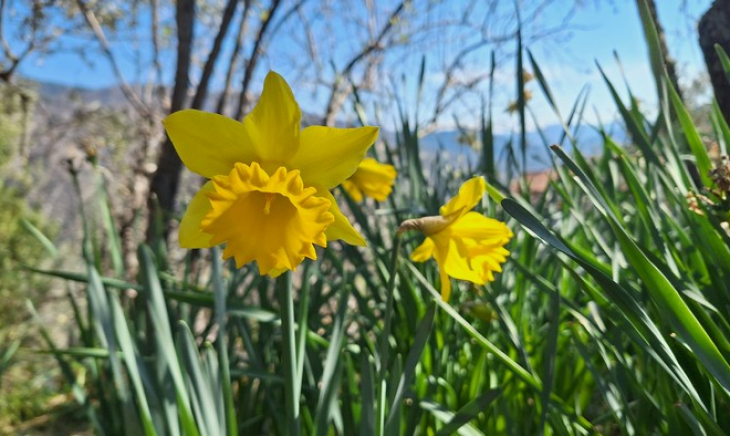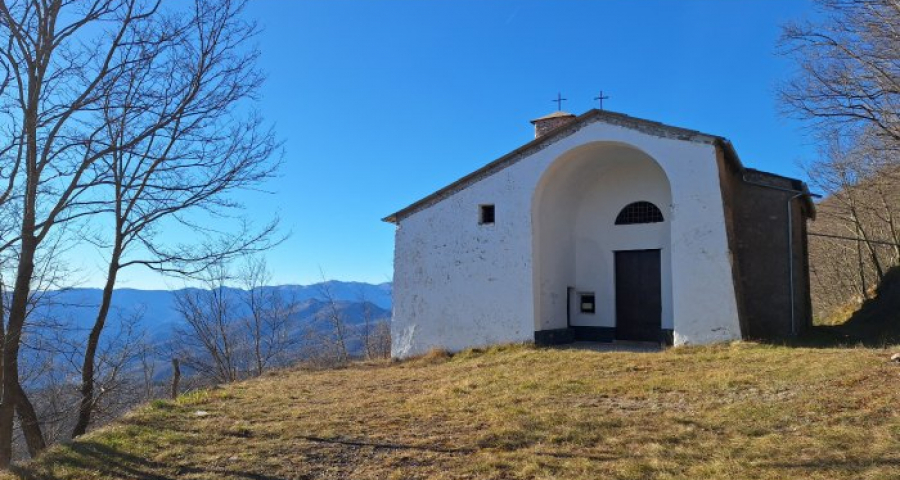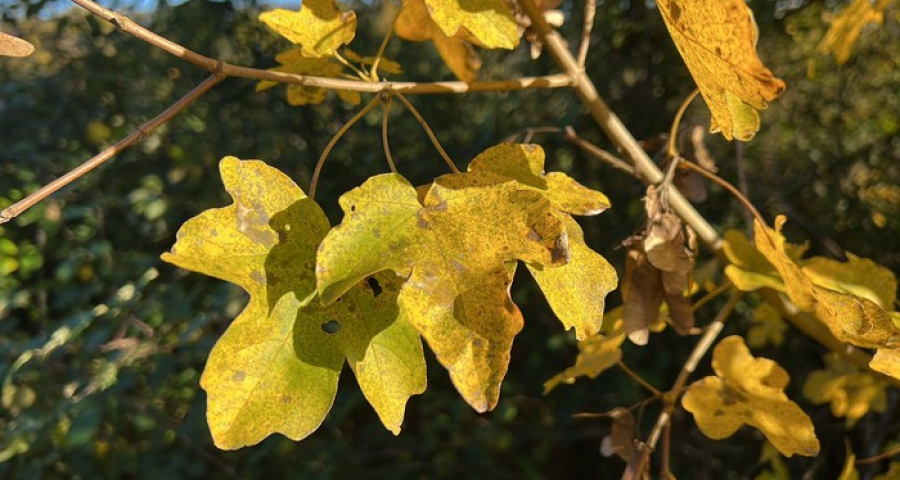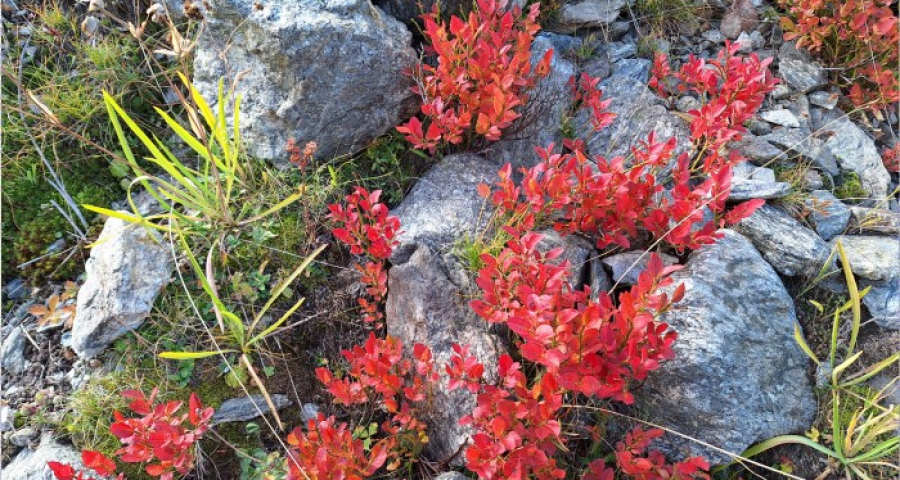Rebirth can be learned / 14 - It takes time and a great deal of gentleness to learn to recognize yesterday's faith and God in a faith and a God that have become so different as to be unrecognizable.
by Luigino Bruni
published in Città Nuova on March 20, 2025 - From the magazine Città Nuova no. 10/2024
Man is a social animal, yet nothing more than social life is a source of suffering and pain. Those community places from which our greatest happiness springs – family, friendship, work, love... – are the same places where the deepest wounds are inflicted.
Until a few decades ago, communities held together thanks to one main tool: hierarchy. Fathers, kings, priests were also instruments for resolving interpersonal conflicts, or for preventing them from emerging. Monasteries and convents held many people together thanks to the presence of superiors (the name says it all), who acted as mediators in relationships. Sr. Anna did not meet Sr. Bruna directly, but through a third party, Mother Carla, who stood above the two and prevented the meeting from being too direct and therefore dangerous. Furthermore, in monastic communities there is a rule, the great legacy of the founders, which mediates community relations together with the hierarchy. And even though life was communal, in reality the hierarchy and the rule ensured that everyone interacted with everyone else without having to “touch” anyone. Special friendships were discouraged, overly subjective spiritual paths were stigmatized, peripheral and lateral interactions were discouraged, all to preserve the order and survival of the community. Abbeys have survived for centuries partly because hierarchy and rules prevented or contained interpersonal conflicts.
In the spiritual movements that emerged in the Catholic Church in the second half of the 20th century, something similar but also very different happened. The presence of the founder in the early stages of the movements, and of his representatives at the local level, played a role very similar to that of hierarchy and rules in monastic communities. The charisma of the founder was so bright that it (almost) prevented people from “seeing” the faults and limitations of others, and their own: his light dazzled everything and everyone. Everyone looked only at the charisma and his mission, and there was neither time nor space to look around and discover the faults and limitations of others. Emotional energy was not used (and wasted) to resolve intra-community conflicts, but spent on converting and spreading the charism and the movement. And the communities grew. With the disappearance of the founders, the context changed and became more complicated. Firstly, even though the founders of these movements generally wrote a rule, the function of the rule in these new communities is not the same as in the ancient monastic communities. Instead, they are more similar to the case of St. Francis and the mendicant movements. As Giorgio Agamben taught us (Altissima povertà, Neri Pozza, 2011), what really mattered to Francis was not adherence to a rule but to a way of life (that of the Gospel). A friar who does not live like Christ is not a friar, nor is a nun a nun, even if they follow the rule perfectly. Their actions and words are inseparable from their lives.
Of course, friars and nuns also make mistakes, sin, and are inconsistent, but their actions are not protected by their fidelity to the rule. A friar who loses his way of life loses everything; no fidelity to the rule can save him. A Benedictine in crisis could save himself by clinging to the rule and the liturgy; a Franciscan in crisis has only one chance: to convert and return to his way of life. For this reason, movements are more fragile than monasteries, because no rule can perform a vicarious function of salvation. This fragility is an expression of the extreme poverty of the Gospel.
Even new movements were born as a bare form of life, because every charismatic community experience, including early monasticism and its many reforms, is born only in this way. And so, when the founder disappears, these communities find themselves very fragile because they have only personal fidelity to the charism to continue. After the founder, communities live only if everyone is faithful to the charismatic way of life; crises are not resolved either by hierarchy or by rules. One can only live if one tries to look ahead, and not beside oneself. In a living and generative community, the limits and defects I discover in others become paths to enter into their souls, to cultivate that tenderness that arises in the face of a brother's emptiness, who ends up being loved not “despite” his limits but “thanks” to them. You see a lack, you smile. And then, without delay, you look ahead and outside, to resume the race.













